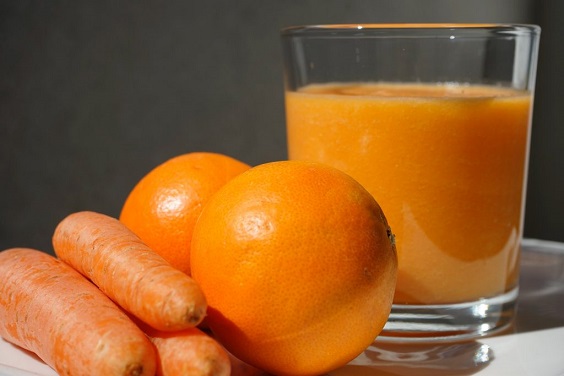Recent research studying almost 44,000 men and women finds that higher levels of vitamin C and vitamin E in the diet are associated with lower risk of Parkinson’s Disease1.
Vitamins C and E are antioxidants2. Antioxidants counteract oxidative stress, which is caused by highly reactive molecules known as free radicals2. Oxidative stress has various sources such as sunlight, air pollution, cigarette smoke and exercise2. Oxidative stress can cause cell damage (through damage to molecules in the body) and can contribute to many diseases such as cancer, heart disease, diabetes, Alzheimer’s disease, Parkinson’s disease and even eye diseases2. Therefore, antioxidants may be beneficial to prevent molecular damage and maintain health of cells.
A recent Swedish study explored the effects of certain dietary factors on the incidence of development of Parkinson’s disease (PD) in almost 44,000 men and women1. These factors included dietary intake of vitamin C, vitamin E and beta-carotene1. The intakes of these specific micronutrients was compared to the incidence of PD in the group1.
Beta-carotene had no correlation to PD risk1. However, intake of vitamins C and E was inversely correlated to the risk of PD1 indicating that these antioxidants provided some neuroprotective effect which diminished the incidence of PD.
This study may allow the inference that it may be beneficial to increase these vitamins in the diet to reduce risk of PD, but it does not necessarily mean that the association seen was caused by the intake of these vitamins, as people ingesting more of these vitamins might just have healthier diets and lifestyles. It may be the case that there was a causal relationship but this is hard to prove from an association study. There could also be a non-causal relationship; supporting this is the finding from an older study comparing levels of antioxidants in the blood of PD patients which found no evidence that antioxidants contributed to onset or progression of PD3. Lastly, both theories may be true, where vitamins C and E in diet played a minor role. Regardless, the overall message of intaking enough vitamin C (such as through eating oranges and strawberries) and vitamin E (such as through eating nuts and seeds) is probably conducive to good health.
***
References:
- Hantikainen E., Lagerros Y., et al 2021. Dietary Antioxidants and the Risk of Parkinson Disease. The Swedish National March Cohort. Neurology Feb 2021, 96 (6) e895-e903; DOI: https://doi.org/10.1212/WNL.0000000000011373
- NIH 2021. Antioxidants: In Depth. Available online at https://www.nccih.nih.gov/health/antioxidants-in-depth
- King D.,Playfer J.,and Roberts N., 1992. Concentrations of vitamins A, C and E in elderly patients with Parkinson’s disease.Postgrad Med J(1992)68,634-637. Available online at https://pmj.bmj.com/content/postgradmedj/68/802/634.full.pdf
***






































